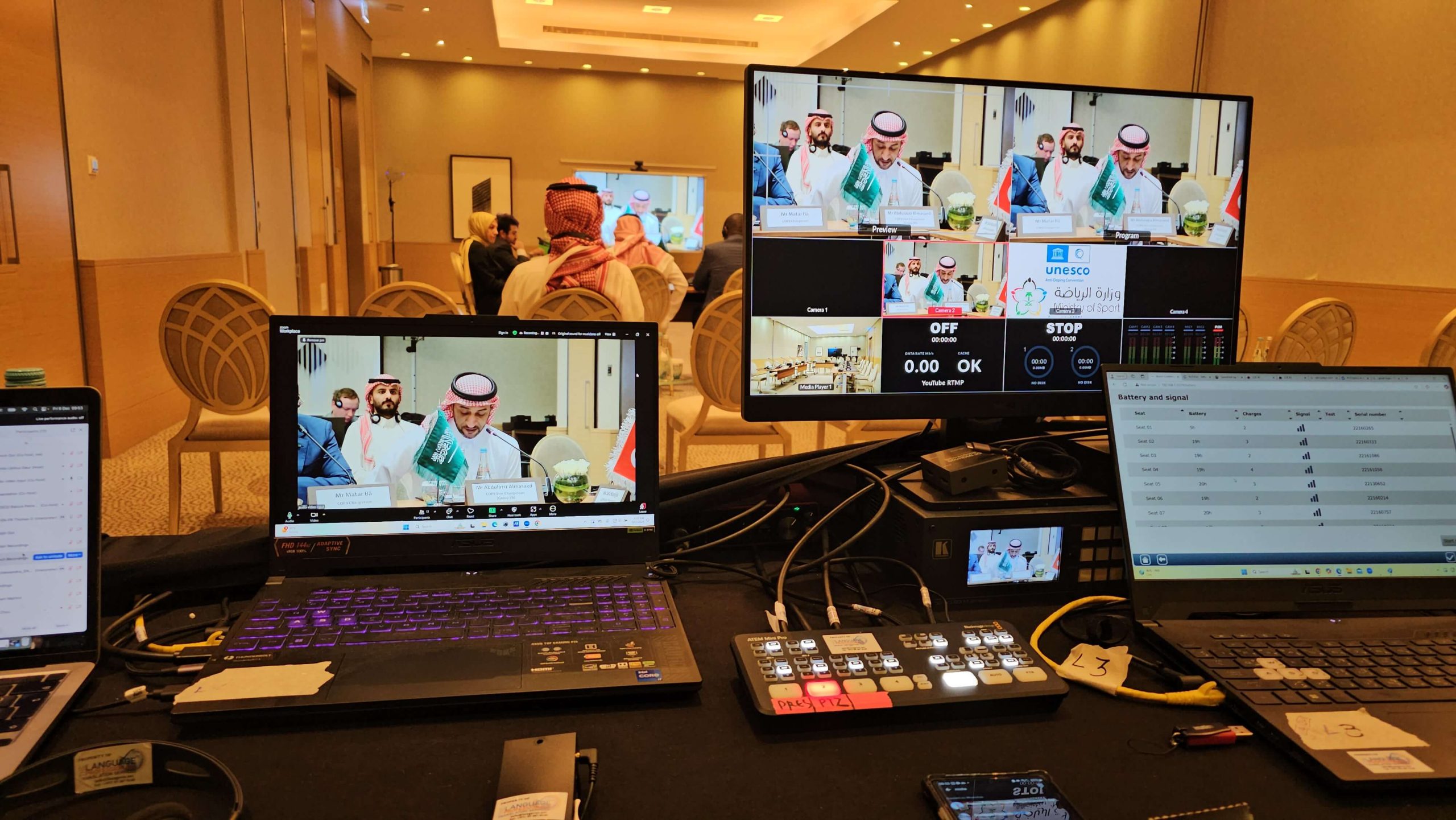7 Best Practices for Global Marketing and Advertising Localization (With a Bonus)
As the world becomes more connected, the need to reach people across cultures and languages has become increasingly important. That’s why marketing and advertising localization has become such a big focus in the global marketplace.
As you probably know by now, localization is the process of adapting content or media to meet the needs of local markets. It involves making sure that an organization’s message resonates with its target audience in each location they operate in.
It also requires an understanding of how people in different regions think and behave. This is particularly important when it comes to persuasive communication in general, and marketing and advertising in particular.
To help you make the most of your business’ resources and efforts, here are 7 best practices for effective marketing and advertising localization.
1. Research Your Target Market
First and foremost, it’s important to do some research into your target market before launching any localized campaigns. Look into local customs, culture, language nuances, values, and interests to ensure that any content you create fully resonates with your target audience. This will make a huge difference in the success and impact of your campaign.
2. Translate Content Accurately
Accurate translations are essential when it comes to localized marketing and advertising. Mistranslations can lead to awkward phrasing or even incorrect messaging – not a good look when trying to reach an international audience! Be sure to work with experienced and reliable translators like LangPros, who have intimate knowledge of both the source language and the target language when creating localized content.
In addition to translating content, it’s important to also think about adapting visuals such as images, videos, logos, etc. For example, if you’re targeting Japanese audiences, then using imagery associated with Cherry Blossom festivals may make more sense than using generic imagery like sunsets or beaches.
3. Make Use of Localized Platforms
There are a number of platforms out there that can help you reach localized audiences more effectively. For example, if you’re looking to reach Chinese consumers, then using WeChat might be a better option than using Facebook or Twitter. Similarly, if you’re trying to reach Indian consumers then WhatsApp might be a better choice than email or SMS messaging services.
4. Hire Professional Translators
When translating content from one language to another, it’s important to use professional translators who are native speakers of the target language, so that no mistakes are made when conveying meaning or sentiment between languages. This will ensure that your message gets across accurately in each market you enter.
5. Optimize for Search Engines (SEO)
SEO is just as important in international markets as it is domestically – if not more so! Be sure to take into account local search engine optimization (SEO) best practices when optimizing content for search engines in each target country or region. This means researching popular keywords used by local consumers, as well as understanding local SEO-related regulations before launching any campaigns in a new market. If you don’t have the internal resources to do this, do not worry. A professional, experienced language service provider will be able to support you in creating quality SEO-optimized content that is perfectly crafted to prove attractive to your target market and to search engine algorithms!
6. Utilize Local Influencers
Working with local influencers is a great way to ensure that your message reaches your desired audiences quickly and effectively, since these influencers already have an established following within their respective regions who trust them and their opinions on products, services and brands.
7 .Test Your Campaigns
Before launching any new campaigns, make sure they are thoroughly tested first, so that any potential issues can be identified and addressed early on. This will help ensure that all localized campaigns run smoothly, without any major hiccups along the way.
Bonus Tip: Measure Results
Last but not least, always measure results after launching any localized campaigns so that successes (or failures) can be attributed properly and used for future planning purposes.
Final Thoughts: Marketing and advertising localization is essential for reaching global audiences in today’s interconnected world.
By following these tips, marketers will be able to create effective campaigns tailored specifically toward different regions, while avoiding any potential pitfalls along the way. With proper research, the adaptation of visuals and content, utilization of local resources & expertise, measurement of results & optimization for search engines – marketers will have no trouble creating successful global marketing & advertising strategies!
For maximum effectiveness, it’s best practice to hire professional, experienced translators such as LangPros, who have a proven track record in delivering high-quality, effective translations that will truly resonate with your target audience. Ready to make the most of your global marketing and advertising efforts? Contact us today and let us help you take your reach and impact to the next level.





